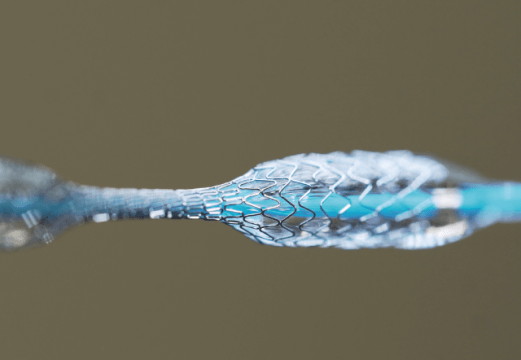Vaccines developed with two different inactivated strains of SARS-CoV-2 (Sinopharm) significantly reduced the risk of symptomatic cases of COVID-19 with an excellent safety profile. Its proven technology—already used against other virus (influenza, hepatitis, polio, rabies)—and the fact that they can be stored at 2-8 °C mean that they are easily (and cheaply) produced, stored, and administered.

This interim analysis was included in the protocol of the randomized, double-blind trial that included over 40,000 participants aged 18 and over.
Participants were randomized to receive the inactivated vaccine with the WIV04 strain (5 µg/dose, n = 13,459) or the HB02 strain (4 µg/dose, n = 13,465), while the control group was inoculated with aluminum hydroxide (n = 13,458). Aluminum hydroxide was used as control because it is the vehicle used in the active vaccines. All participants received two intramuscular injections 21 days apart.
The primary endpoint of the trial was laboratory-confirmed symptomatic infection 14 days after the second dose. For the safety analysis, only one dose was sufficient (this design is similar to that of other trials).
After 77 days of follow-up, 26 participants in the WIV04 strain arm, 21 in the HB02 strain arm, and 95 controls tested positive for COVID-19.
This yields an efficacy of 72.8% and 78.1% for vaccines developed with the WIV04 and the HB02 strains, respectively (p < 0.001 for both).
Read also: COVID-19 Risk in Vaccinated Healthcare Workers.
No vaccinated participant suffered from severe COVID-19, and adverse events were rare and similar among all three groups.
Conclusion
This pre-specified analysis shows that both inactivated vaccines reduce significantly the risk of symptomatic COVID-19 disease.
Original Title: Effect of 2 Inactivated SARS-CoV-2 Vaccines on Symptomatic COVID-19 Infection in Adults. A Randomized Clinical Trial.
Reference: Nawal Al Kaabi et al. JAMA. 2021 May 26. Online ahead of print. doi: 10.1001/jama.2021.8565.
Subscribe to our weekly newsletter
Get the latest scientific articles on interventional cardiology





